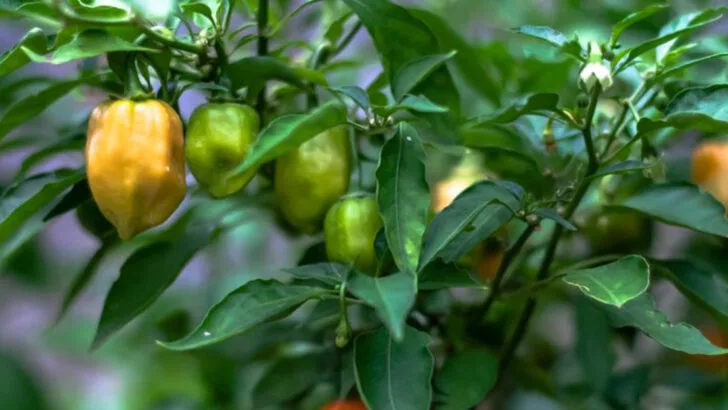If your garden looks full but your pantry stays empty, something’s off. Many people pour time, water, and energy into their gardens—only to end up with a few scattered tomatoes and a single zucchini they forgot to pick. It’s not your fault. Often, the issue isn’t effort—it’s strategy.
A productive garden doesn’t just grow—it feeds. That means growing the right combination of plants for your climate, spacing them correctly, choosing high-yield crops, and prioritizing what your household actually eats. Many gardeners unknowingly fall into traps that limit their harvest: too many “fun” plants, poor soil nutrition, not enough succession planting, or simply forgetting that beautiful isn’t always useful.
This guide breaks down 15 common reasons your garden may not be pulling its weight when it comes to feeding you—and exactly what to do about it. Whether you’re a new grower or a seasoned homesteader looking to boost your yields, these fixes can help your garden go from decorative to dependable.
Poor Soil Quality
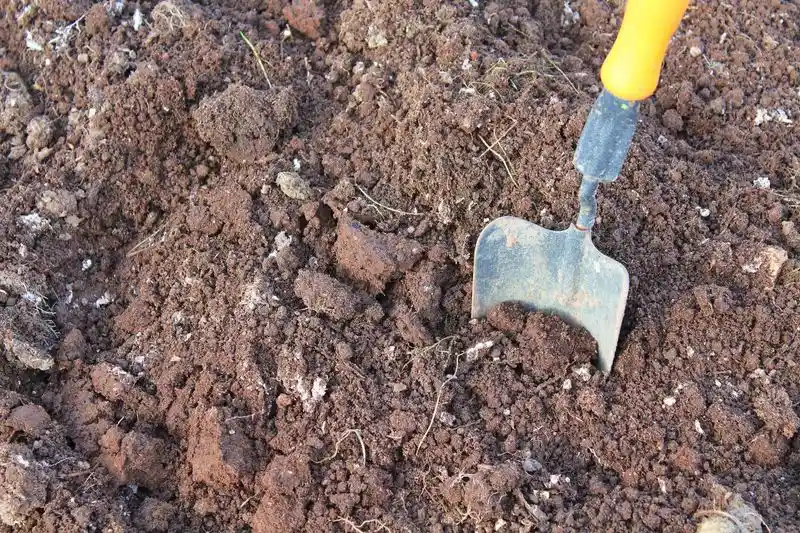
Not all soil is created equal, and your garden might be struggling due to poor soil quality. Depleted nutrients and improper pH levels can hinder plant growth. A simple soil test can reveal these deficiencies, allowing you to amend and enrich your soil accordingly.
Compacted soil can also be an issue, restricting root growth and water absorption. Regularly turning the soil or adding organic matter can improve aeration and structure.
Don’t forget the importance of microbes; these tiny helpers play a vital role in breaking down organic matter, making nutrients accessible to plants.
Inadequate Sunlight

Sunlight is a primary energy source for plants, and inadequate exposure can stunt growth. If your garden is overshadowed by trees or buildings, it may not receive the necessary 6-8 hours of sunlight daily.
Observe your garden throughout the day to identify areas with limited light, and consider relocating sun-loving plants to more suitable spots.
Pruning back overhanging branches or using reflective surfaces to redirect light can also help. Remember, different plants have unique light requirements, so tailor your garden layout to match their needs.
Improper Watering Techniques
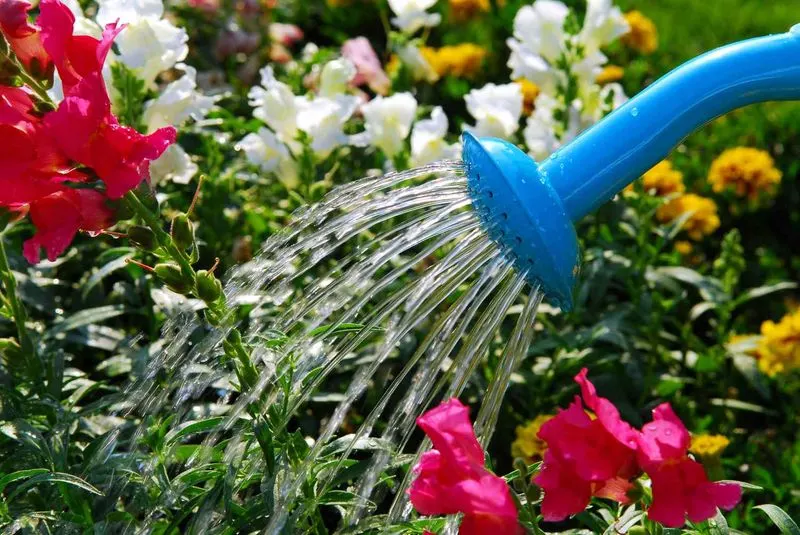
Watering might seem straightforward, but improper techniques can harm plant health. Overwatering drowns roots and promotes fungal diseases, while underwatering leads to wilting and nutrient deficiencies.
It’s essential to understand the specific watering needs of each plant species, considering factors like soil type and climate. Drip irrigation systems can provide consistent moisture without waterlogging the soil.
Using mulch also helps retain moisture and regulate soil temperature. Monitoring the soil’s moisture level with a simple finger test can guide you in making necessary adjustments.
Pest Infestation
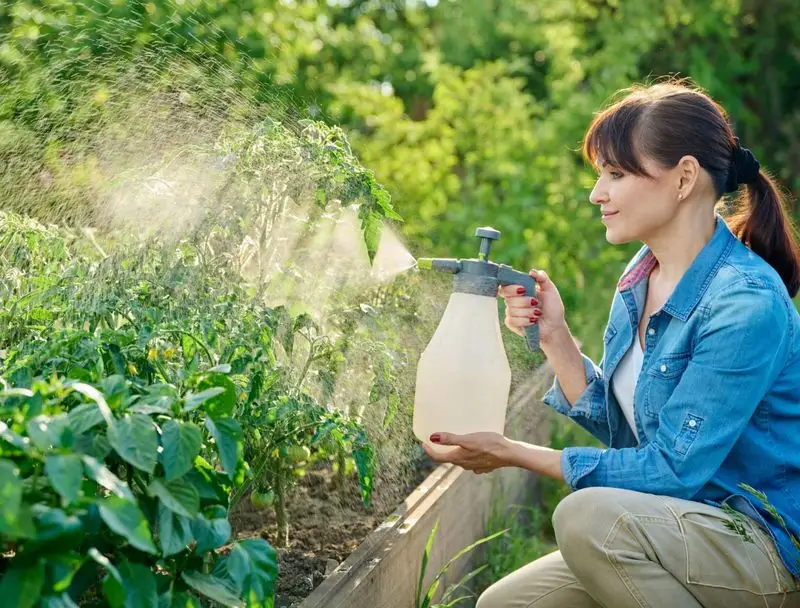
Pests are a gardener’s nemesis, capable of wreaking havoc on what should be a fruitful space. From aphids to snails, these invaders can destroy crops if left unchecked.
Regularly inspecting plants and employing natural deterrents, like neem oil or introducing beneficial insects, can keep pest populations in check.
Companion planting can also serve as a natural defense, with some plants deterring specific pests. Understanding the signs of pest presence early can prevent widespread damage, making vigilance and proactive measures essential for a healthy garden.
Lack of Crop Rotation
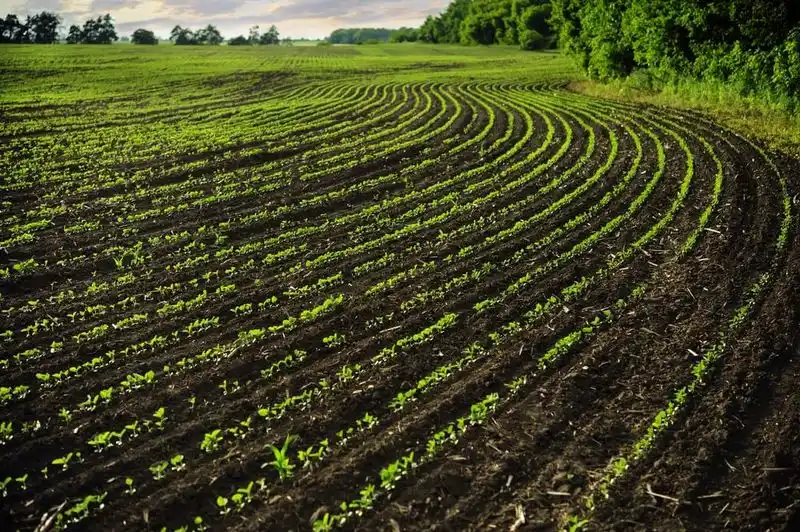
Crop rotation is a fundamental principle often overlooked by gardeners. Growing the same plants in the same spot year after year depletes soil nutrients and encourages disease buildup.
By rotating crops, you disrupt pest and disease cycles and allow the soil to recover and maintain fertility. Planning your garden layout with crop families in mind can simplify this process.
Incorporating legumes, which fix nitrogen in the soil, can replenish essential nutrients for future plantings, ensuring a sustainable and productive garden environment.
Wrong Plant Choices
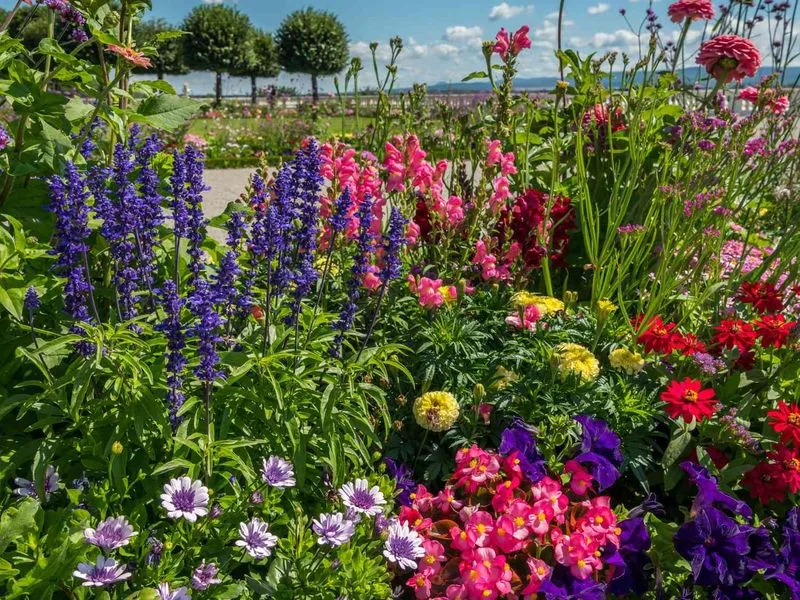
Choosing plants unsuited to your climate can lead to garden woes. Exotic or non-native species may struggle to adapt, requiring more resources and care than local varieties.
Researching plants that thrive in your region’s temperature and rainfall patterns can lead to a more robust and low-maintenance garden.
Consider native plants, which often have built-in resistance to local pests and diseases. This not only enhances survival rates but also supports local biodiversity, creating a harmonious garden ecosystem.
Unbalanced Fertilization
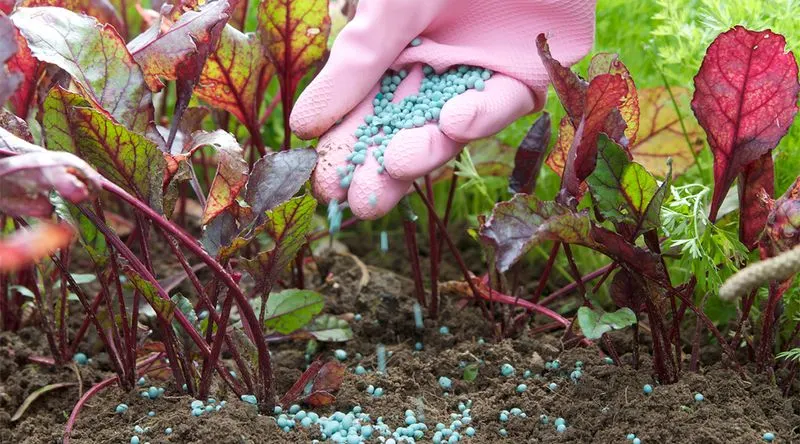
Fertilization is key to vibrant plant growth, but imbalance can do more harm than good. Over-fertilizing can burn plants, while insufficient nutrients lead to poor yields.
Understanding the nutritional needs of your plants and choosing appropriate fertilizers is essential. Organic options, like compost, provide a balanced, slow-release nutrient source.
Regular soil testing helps tailor fertilization practices to address specific deficiencies. It’s all about finding that sweet spot where plants receive just what they need to flourish without unnecessary excess.
Neglecting Pollinators
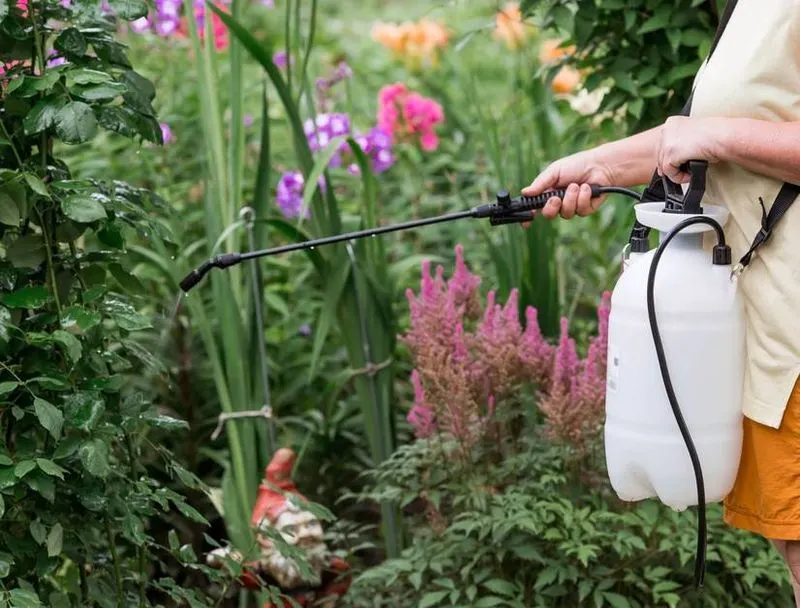
Pollinators like bees and butterflies play a critical role in fruit and seed production. A lack of these helpers means your garden might not be as productive as possible.
Attracting pollinators involves planting a variety of flowers that bloom at different times, providing a continuous food source. Avoiding pesticides that harm beneficial insects is also crucial.
Creating diverse habitats with native plants can foster a thriving pollinator community, enhancing your garden’s yield and vitality. Simple changes can lead to a buzz of activity and an abundance of produce.
Improper Pruning
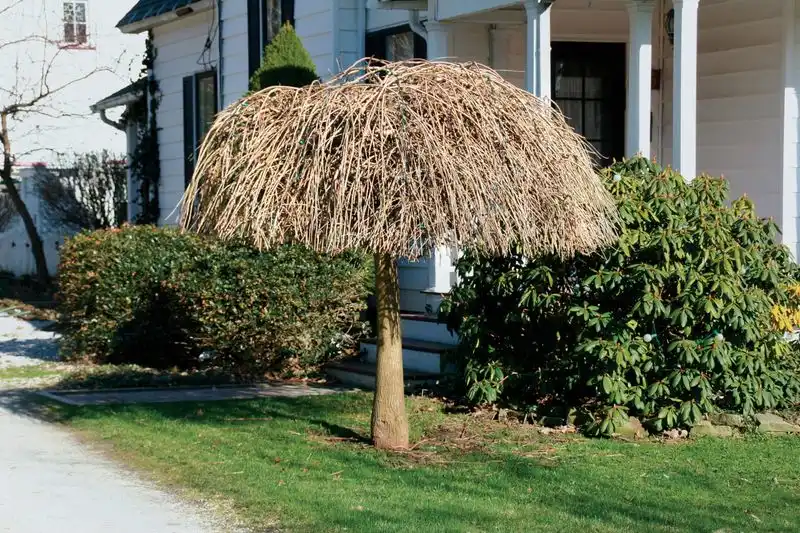
Pruning might seem like a chore, but it’s vital for plant health. Overgrown branches can stifle growth, block sunlight, and harbor pests.
Regular pruning encourages new growth, improves air circulation, and prevents disease. Understanding the timing and technique for each plant species is key.
Some plants benefit from winter pruning, while others thrive when trimmed in spring. With practice, pruning transforms from a daunting task to an art form, rewarding you with a healthier, more productive garden.
Ignoring Microclimates
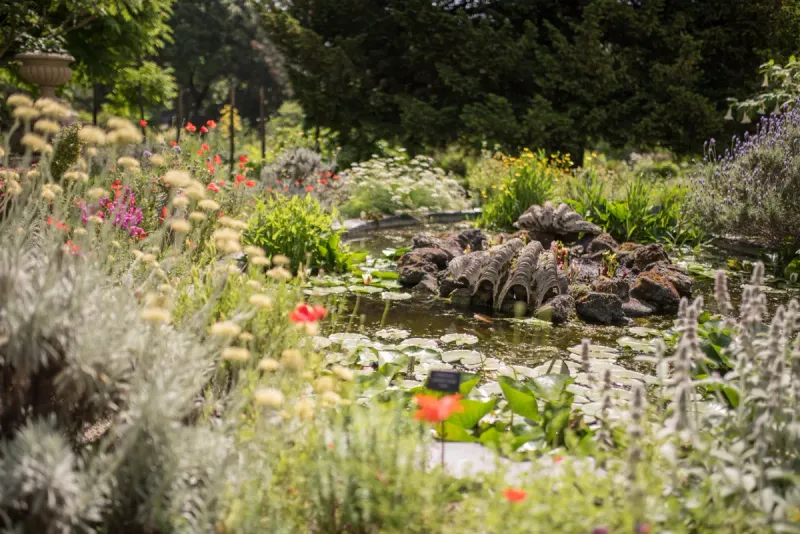
Every garden has its unique microclimates, areas with distinct temperature, moisture, and wind conditions. Ignoring these variations can lead to mismatched plant environments.
Observing how sunlight, shade, and wind patterns affect different parts of the garden allows for strategic planting. Some spots might be ideal for moisture-loving plants, while others suit drought-tolerant species.
Embracing these microclimates can turn a struggling garden into a thriving patchwork of growth. The key is to work with nature, not against it, tailoring plant choices to each microenvironment.
Failure to Compost
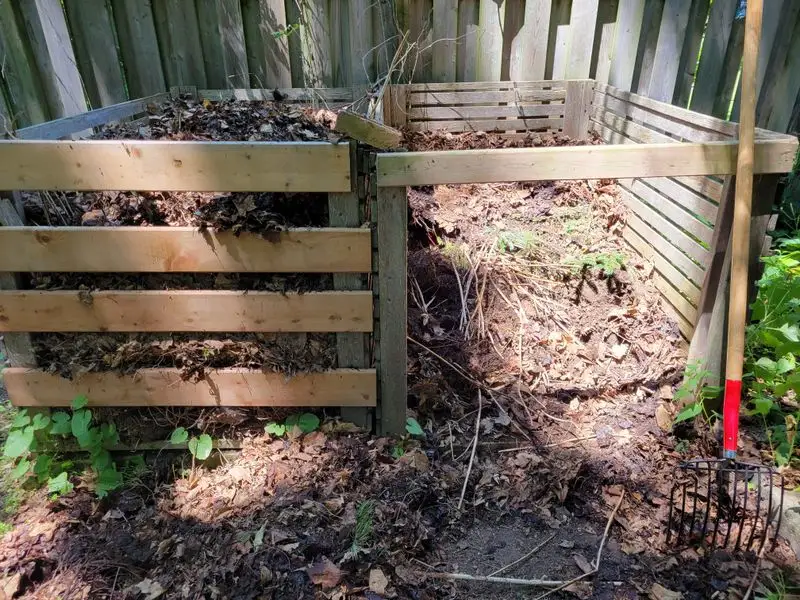
Composting recycles organic waste into nutrient-rich soil, yet many gardeners neglect this sustainable practice. Lack of compost means missing out on a natural soil conditioner that improves fertility and structure.
Starting a compost pile is simple and environmentally friendly, reducing household waste and enhancing garden health. A balance of green and brown materials ensures efficient breakdown.
Turning the compost regularly aerates the pile, speeding up decomposition. The result is black gold that enriches your garden, supporting robust plant growth and reducing the need for synthetic fertilizers.
Overcrowding Plants
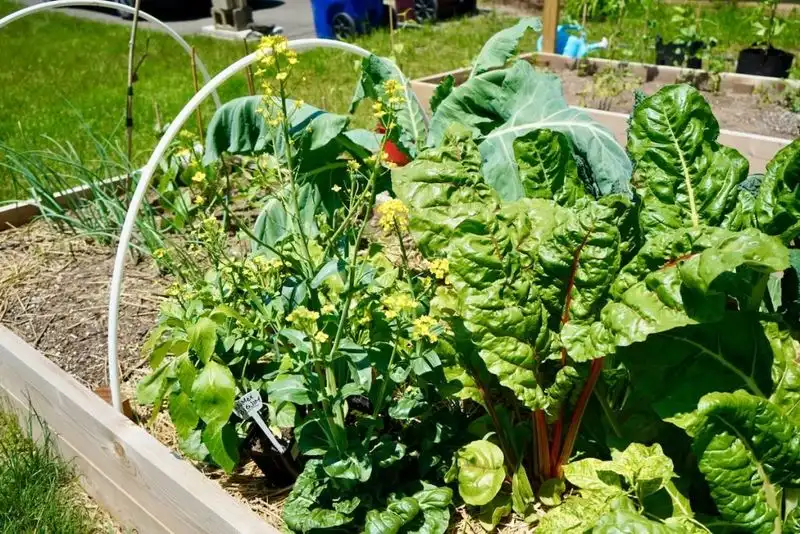
Plants need room to breathe, and overcrowding leads to competition for sunlight, water, and nutrients. This can stunt growth and increase susceptibility to pests and diseases.
Proper spacing is crucial for healthy gardens, allowing air circulation and reducing moisture-related diseases. Thinning out seedlings or transplanting can give plants the space they need to thrive.
Aim for balance, where plants support rather than suffocate each other. This approach not only enhances growth but also creates a visually appealing garden layout, showcasing each plant’s unique characteristics.
Seasonal Timing Mistakes
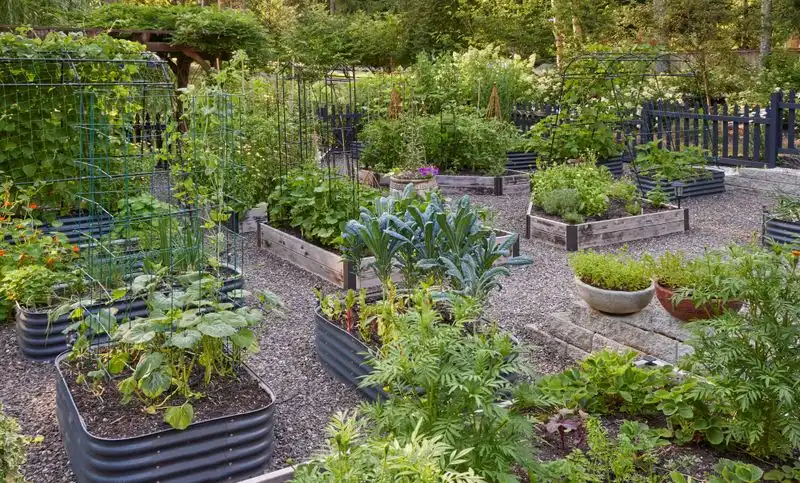
Timing is everything in gardening, and planting at the wrong season can yield disappointing results. Each plant has a preferred growing season, and ignoring these can lead to poor germination and growth.
Understanding your local climate and frost dates helps in planning planting schedules. Cool-season crops thrive in early spring or fall, while warm-season plants need summer’s heat.
Adjusting your gardening calendar to align with seasonal changes ensures healthier plants and bountiful harvests. Being attuned to nature’s rhythm transforms gardening challenges into opportunities for growth.
Ignoring Nutrient Deficiencies
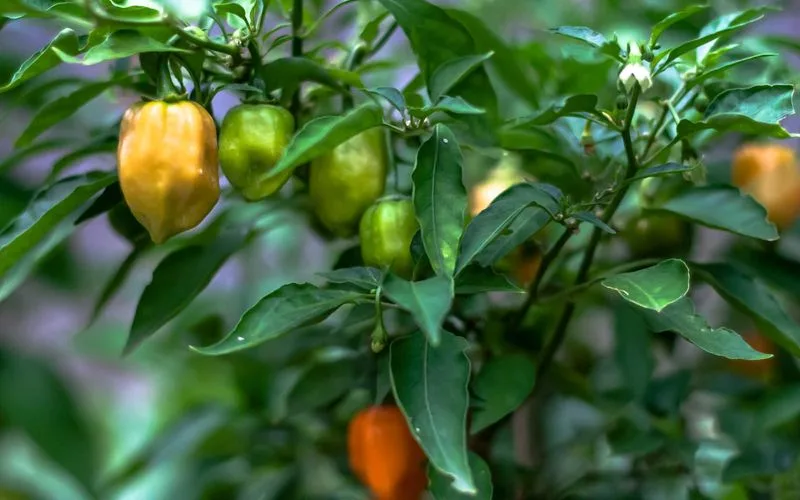
Plants communicate their needs, and yellowing leaves often signal nutrient deficiencies. Ignoring these signs means missing out on optimal plant health and productivity.
Regular soil testing identifies nutrient gaps, allowing for targeted interventions. Adding balanced fertilizers or specific nutrients can rectify deficiencies, boosting plant vigor.
Recognizing and addressing these needs ensures a thriving garden. It’s a dialogue between gardener and garden, where close observation and timely action lead to abundant rewards. Healthy plants are not just a visual delight but a testament to attentive care.
Failing to Mulch
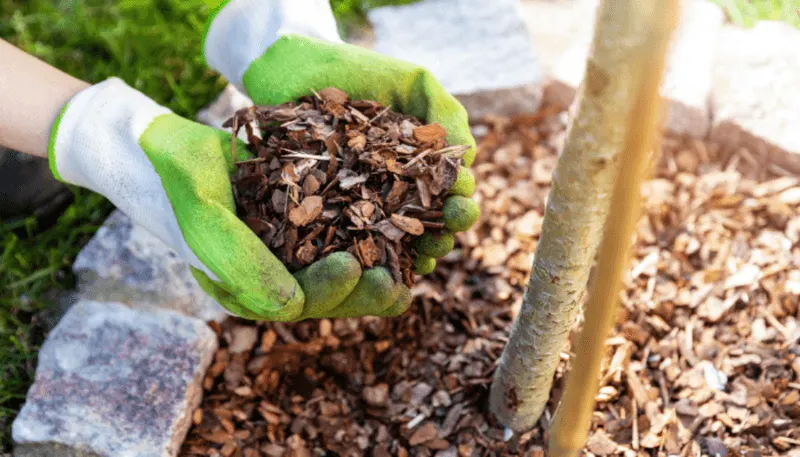
Mulch is more than just a garden accessory; it’s a protector of soil and plants. Failing to mulch leaves soil exposed to erosion, temperature fluctuations, and weed invasion.
Applying a layer of organic mulch retains moisture, suppresses weeds, and regulates soil temperature. It also decomposes over time, enriching the soil with nutrients.
Different materials like straw, wood chips, or leaves can be used, catering to garden needs. Embracing mulching transforms garden maintenance from a chore to a rewarding practice, promoting a healthier, more resilient garden environment.

